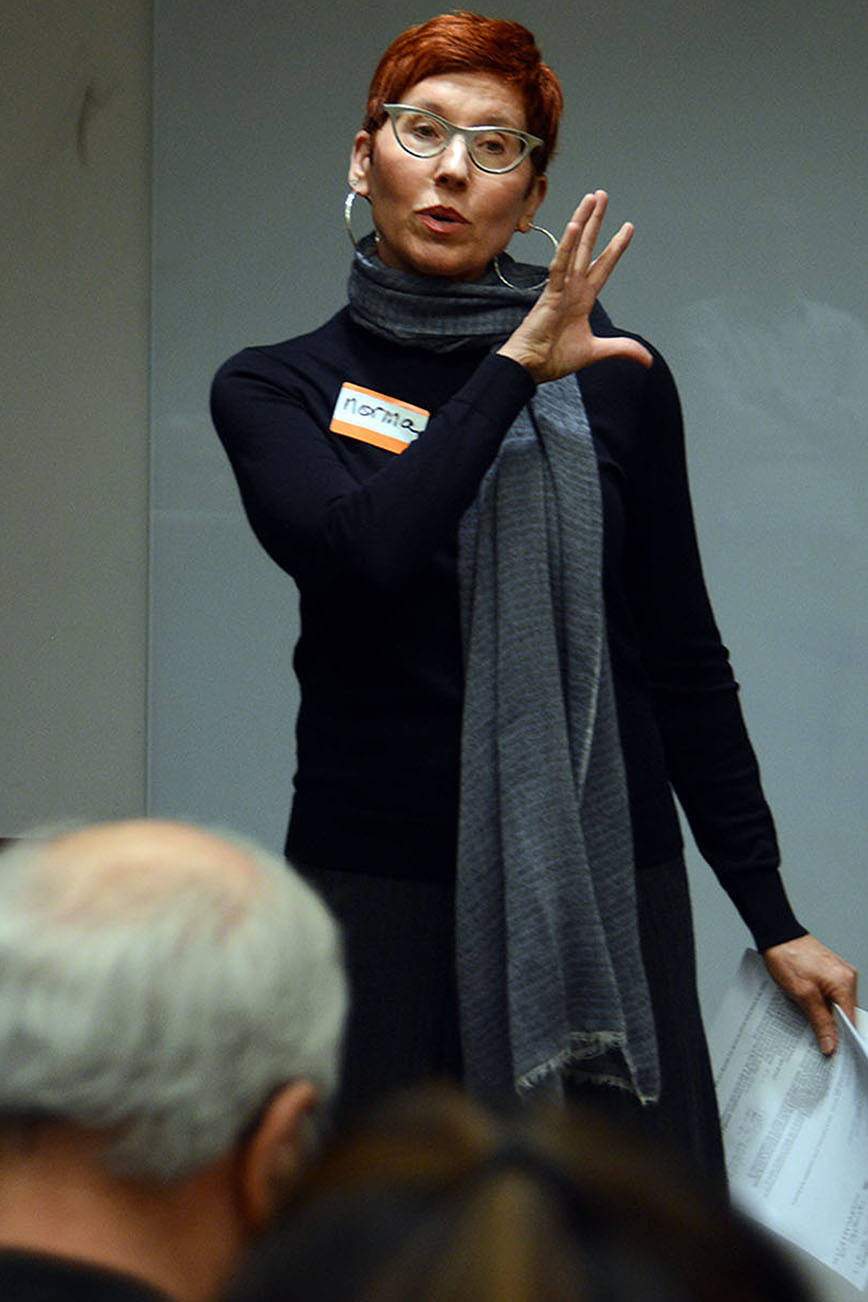On Oct. 28 about 30 Mercer Island Bahá’ís gathered at the Mercer Island Library in celebration of the 200th anniversary of the birth of the Báb, who is considered to be the herald of the Bahá’í faith among its followers.
The history of the Bahá’í faith originated in 1863 in Persia where modern day Iran is today. The idea of unity and uniting people together is a big aspect of the Bahá’í practice, and people are encouraged to celebrate those differences, rather than using them as barriers.
Community members gathered inside the Mercer Island Library to share food and talk about their faith on a local level. A movie also was shown to act as an informative lesson about the history of the Bahá’í faith.
Event speaker Norma Bergquist and Mercer Island Bahá’í addressed the room and presented a brief background of the grassroots of the Bahá’ís who called Mercer Island home. Bergquist said in 1961 there was at least one Bahá’í named Ralph Long who was registered in the community.
“We know that there was a Baha’i on Mercer Island, at least one, probably a number of others, but we know there was one in 1961,” Bergquist said.
According to Frederic Harder, a Baha’i member, when he moved to Mercer Island in 1978 there was a small group of Bahá’í living on the island. About a dozen Bahá’ís were a part of the Mercer Island community and most resided in the Shorewood Apartments.
Today, 32 members call themselves Bahá’ís and Harder believes what has changed the most throughout the years is the fact that the Eastside community is steadily growly and making itself more established. While Seattle has a larger Bahá’í following, the Eastside has added the Eastside Bahá’í Center in Bellevue to increase accessibility and gathering spaces for followers.
Harder found the Bahá’í faith when he was a student in Arizona and one of the things that attracted and surprised him about the religion was that it included some of the local Native Americans.
“There were Navajo Bahá’ís, and it was an eye opener for me to see how people who had one foot sort of in a traditional lifestyle of herding sheep and out on a reservation in a hogan would accept this religion,” Harder said. It was this acceptance and inclusivity that made Harder want to explore the Bahá’í religion more.
The largest groups of Baha’is in North, South and Central America, in fact, are indigenous people. According to the Association of Religion Data Archives, there are several thousand Native Americans and Eskimo Bahá’ís, especially in rural Alaska and among the Navajo and Lakota peoples.


